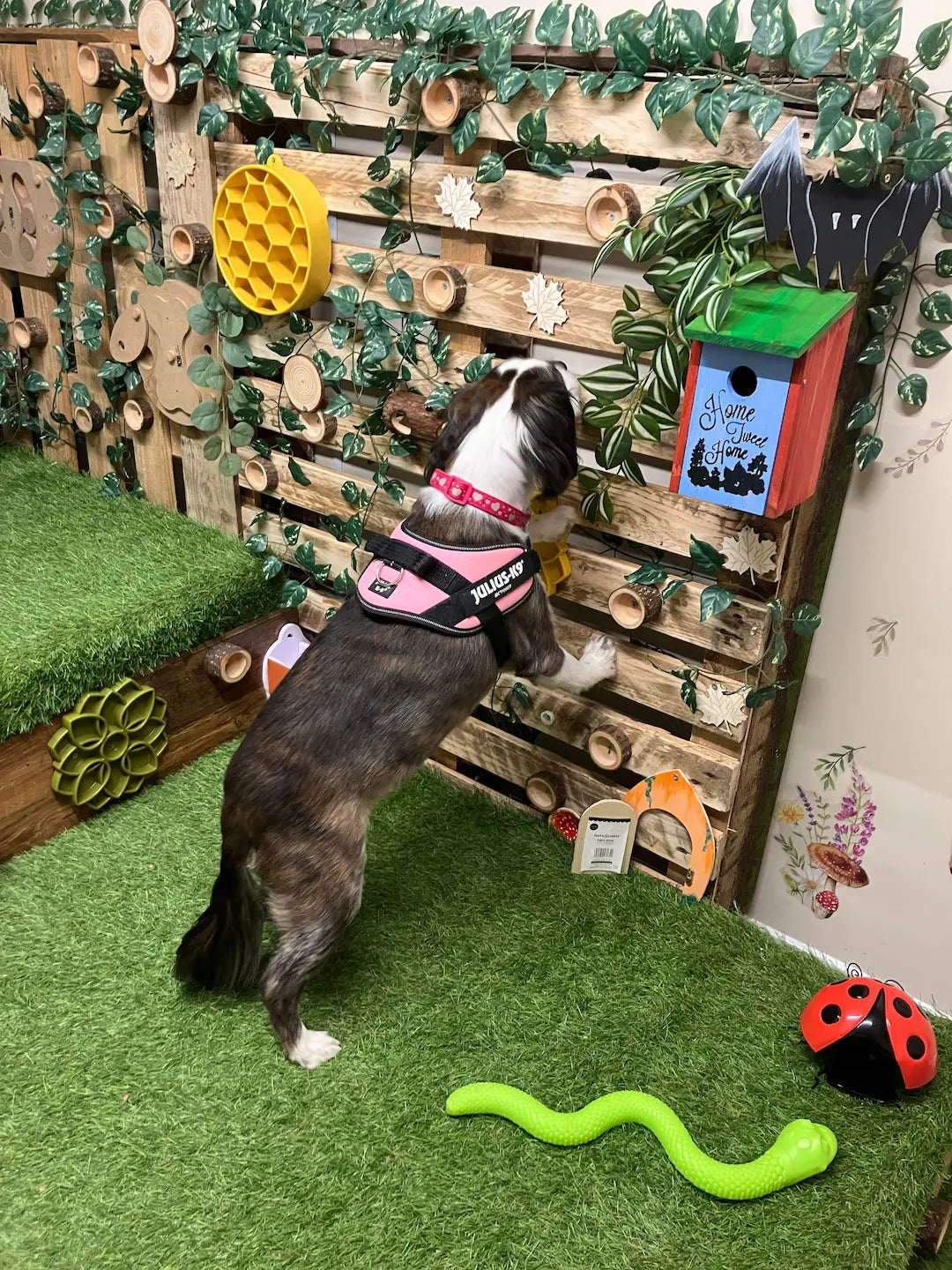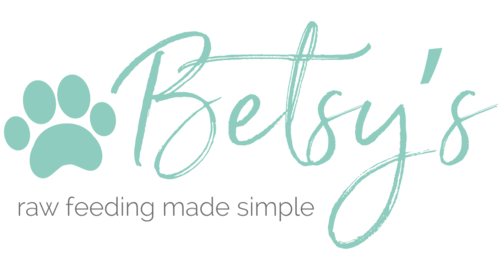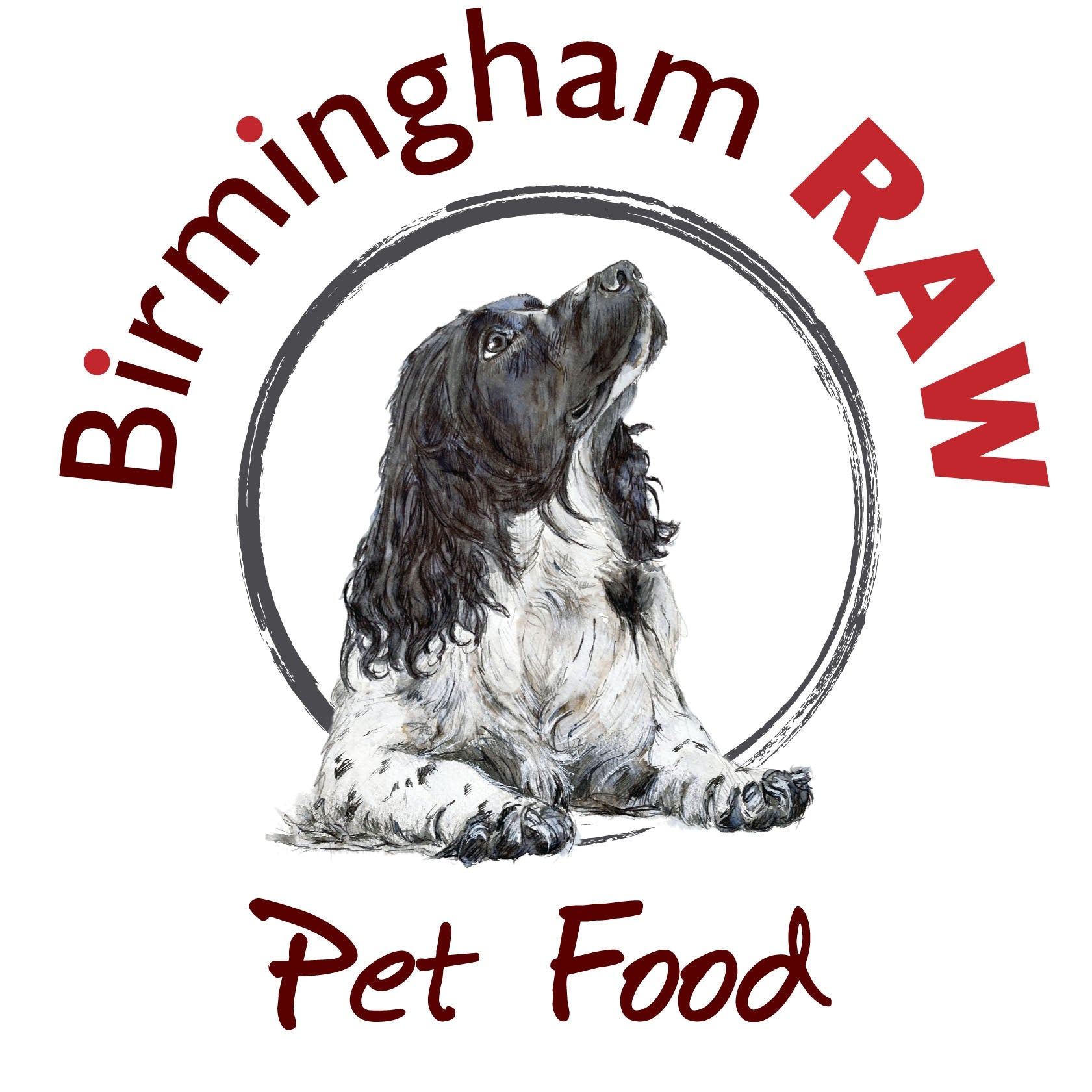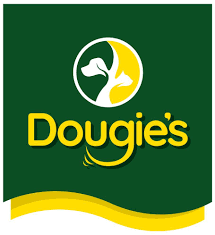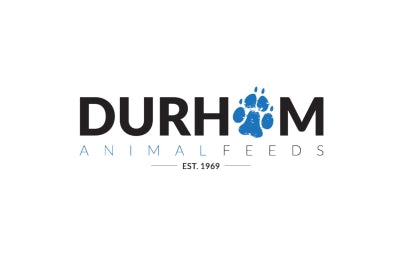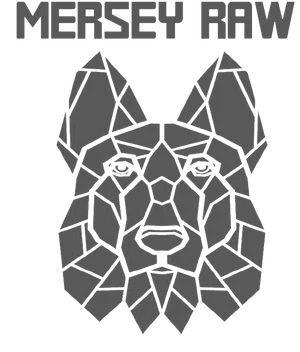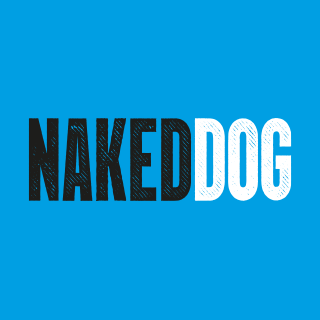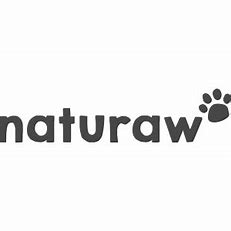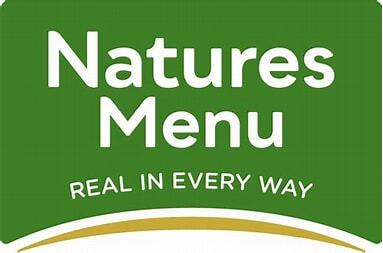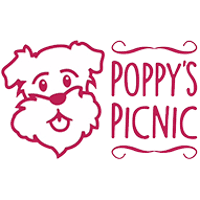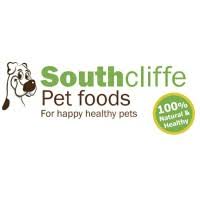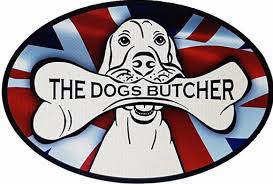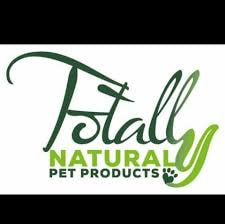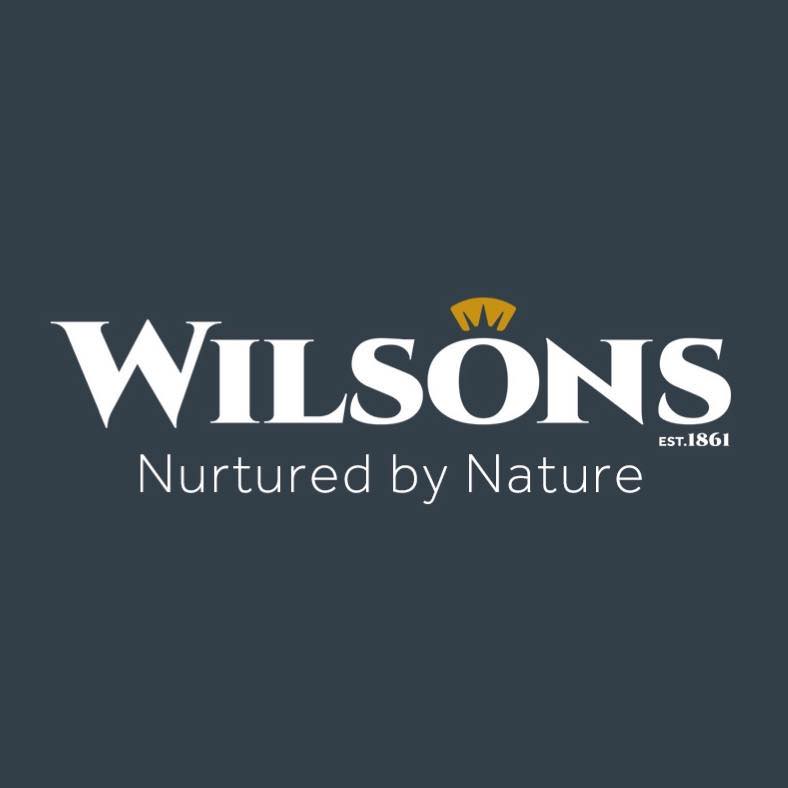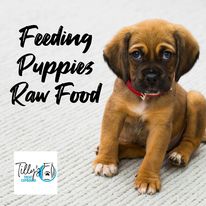
Feeding Puppies Raw Food
Key points
- Puppies can be fed raw food at any age and can even be weaned onto it.
- An 80:10:10 is not enough for a puppy (or an adult for that matter!)
- Puppies need a balanced food daily
Puppies: those four legged land sharks; that puppy smell; you're new best friend. You've got them home, you've got toys, treats, bowls and a cute collar. But have you considered what to feed them?
What you feed your puppy has a huge impact on their development. Both their physical and mental development is affected by what they eat. Feed a poor quality, or incomplete, food and your pup will develop problems. You might not notice these problem straight away. In fact, they could take years to show.
What is a good diet for puppies?
Firstly, dogs are carnivores not omnivores. Yes really! Although they can digest some plant matter, they don't digest it easily and the nutrients aren't as bioavailable to them as those from meat.
Whether you want to feed raw or would prefer to stick with processed food (wet or dry), turn the pack over and look at the ingredients. If meat isn't the first ingredient do not feed it to your puppy.
At Tilly's, we believe that raw food is the best food for all dogs as long as it's done correctly. It is the most natural, most bioavailable, least inflammatory diet for dogs. However, feeding raw can be a little overwhelming. It shouldn't be but those fancy bowls on social media do make you think you need to be a Michelin star chef to raw feed.
Feeding puppies raw food
Weaning
Puppies can be weaned onto raw food. You don't need to wait until they're a certain age. Once a pup can eat solids, they can eat raw. If you have a litter that you'd like to wean but aren't sure where to start, just ask us.
Just Do it!
So you get your puppy and you'd like to feed it raw. How do you start? Basically, just do it.
Get a complete food (be careful, some raw food say complete but they're just 80:10:10 which isn't enough for a pup - more on this later). Then just defrost it and feed it!
Most puppies do well with a straight switch to raw food. Feed their current food as their last meal of the day then the following morning, feed them raw. If doing a straight switch scares you or you're concerned your pup has a sensitive tummy, then do a slow transition. Increase the amount of raw food slowly while decreasing the amount of their current food until you're feeding 100% raw.
Which food?
Puppies need a complete food. An 80:10:10 isn't enough (it's not even enough for an adult). Our favourite food for puppies here at Tilly's, is Naked Dog. They do a huge range of proteins, including their Naked Pup range. Nutriment, Poppy's and Wilsons are also complete foods which are suitable for puppies.
Puppies can't regulate the amount of nutrients the body stores as easily as adults. Let's take calcium as an example. Adult dogs will excrete excess calcium (have you seen those white poos?). However, puppies will hold onto extra calcium. Excess calcium can lead to skeletal malformations and not enough calcium can lead to stress fractures. Naked dog uses bone powder so the amounts of bone in their food can be better controlled. Plus, it's balanced to FEDIAF guidelines so they'll be no nutritional gaps and have everything in it your pup needs.
Cheaper brands tend to use lower quality cuts of meat. These fattier cuts of meat mean that overall fat content will be high and protein will, therefore, be lower. You puppy will then be eating an unbalanced diet with too much fat (giving them lots and lots of energy) and too low in protein (the building blocks of life).
Mixing it Up
Puppies, just like older dogs, need to be fed a range of proteins. The reason for this is twofold:
- The more experiences your puppy has at a younger age, the less likely they'll be to grow up to be a fussy dog. Different brand will have different ingredients and different textures. Mix up brands to introduce your puppy to a wider range of flavours and textures.
- Different proteins have different nutritional profiles. The more varied their food, the more nutritionally complete their diet will be.
How much to feed?
When feeding raw, we use percentage of current body weight to work out the average amount. This ranges from 10% of body weight at 8 weeks old and gradually decreases to 2.5% when an adult.
Remember this is just a guide. Some dogs will need more and some will need less.
We have weighing scales and can happily calculate food amounts for you in the shop.
In summary:
- Feed you puppy a properly complete and balanced food.
- Mix it up with different proteins and brands.
- If you have any concerns about raw feeding your pup, come and speak to one of our certified dog nutritionists.
- Choosing a selection results in a full page refresh.






